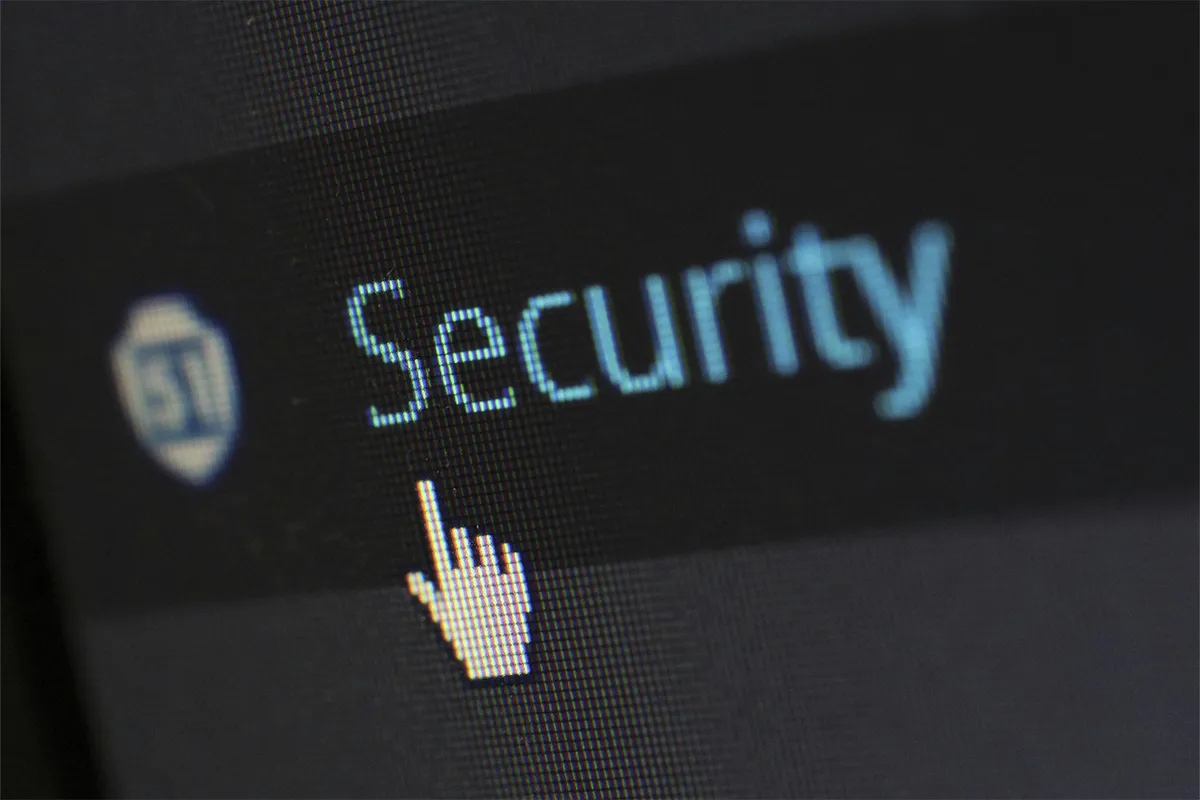Microsoft shocked everyone when it said it would charge for Windows 10 security updates from October 14, 2025. The company used to give these updates for free. Now their decision is changing things in the tech world. In this post, we talk about why Microsoft will charge for Windows 10 security updates and how it affects users.
Microsoft has given free security updates for ten years. Now, they will ask for money for these updates. This shows a change in their approach. Companies will have to pay for the newest security fixes to protect against harmful software.
Many people did not expect this change. Microsoft believes charging money is needed to improve security for its users. The company says it will give free security updates every month to personal users. However, companies will have to pay for better security features and tools.
User Concerns about Paying for Security Updates
Users are worried about Microsoft’s plan to charge for Windows 10 security updates. With this new policy, people might have to spend more money on their computers. This is important if they need better security features. Companies might face higher costs. They may charge more for their products and services because of this.
Lately, security threats are getting worse and happen more. Security updates are important for keeping systems safe and stopping data theft. Microsoft wants to charge for security updates now. This makes people worried about paying for what used to be free. Some users think they should not pay more if they bought the software already.
Microsoft’s new rule is probably because digital security is changing. Hackers are getting better, and old ways to protect are not enough now.
Exploration Upgrade from the User’s Perspective
Better security is good but paying for updates could be bad for users. One big worry is that it will make owning software more expensive. Some users might not afford to pay for updates, which could put them at risk.
Also, some users might not get the updates they need if their equipment is too old. They might not be able to improve their systems, which increases their security danger.
Upgrading can also be hard and take lots of time. If you try to get the newest Windows 10, you might have problems with your software or equipment. Users might need to fix these problems, which is annoying and takes a long time.
In the end, Microsoft asking for money for security updates is like needing to pay for safety in a risky place. It is an extra cost but might be needed for safety.
Exploring Alternative Options for Windows 10 Security Update
If update cost has raied the concerns among the users of Windows 10. However, there is good news. There are other choices you can think about. Microsoft says updates are important for safety, but this can be bypassed by deploying these alternate methods to Windows 10 security updates.
The first idea is to use free antivirus software from the internet. Programs like AVG, Avast, and Malwarebytes are good and do not cost money. They do not protect as much as Windows 10 updates, but they help against viruses.
The next idea is to check for updates yourself and install them. This takes more work, but it helps keep up with security. But beware, sometimes you cannot download some updates.
Another idea is to switch to Linux. Linux does not cost money, and it is good at stopping viruses. But it takes time to learn how to use Linux.
Cost Vs. Perceived Benefits
Windows 10 users must think about if they want to pay for updates. It is important to think about costs and what you get from paying. Microsoft’s new prices worry people because it costs more. Many people find buying hardware and software updates expensive. For small businesses and people without much money, paying for Windows 10 security might be too much.
Windows 10 security updates give you better safety and more tools. Microsoft’s new rule helps give better security by using more resources. Users should get a safer computer with this.
People should think about things like how much hardware costs before deciding. What you need and how much money you have changes how much you can spend on hardware and software. Other important costs, like school or health bills, might make it hard to afford security updates.
But keeping your information and business safe is very important. You should plan well for security but not spend too much.
Carefully Weighing the Options
At this post’s end, it is key to remember what we said and help users know what to do next. With changes to how you get security updates for Windows 10 from Microsoft, you should think about what you will do. Decide if you want to update or look at other choices.
Many people use Windows 10, and keeping it safe from internet dangers is important. With the new policy that charges for security updates, users might look at other options like Linux, MacOS, or Chrome OS. These options have different features and prices, and users need to pick which one suits their needs.
Users can also choose to get Windows 11, which has better features and security. But this choice can cost more because it needs compatible hardware and might make the total price higher. Users might also have trouble with some software or hardware not working. So it is very important for users to make a smart choice with these changes. They should think about the good and bad points of getting an update, trying other options, or staying with Windows 10. They should check what they need from their computer, what they can spend, and what they want in the future before they decide if they will pay for updates, move to Windows 11, or go to a different operating system.
